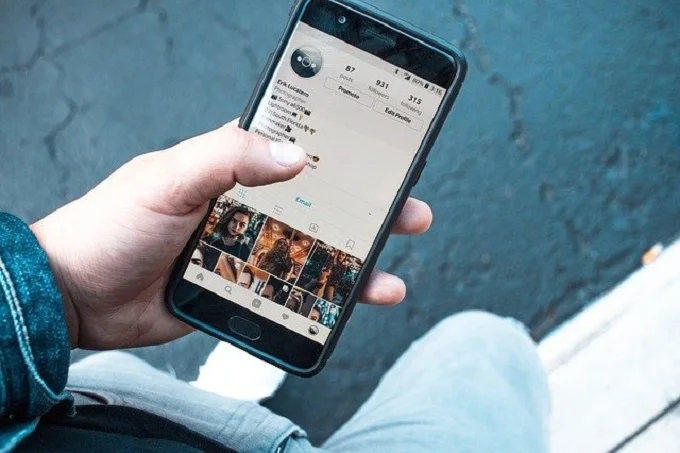How smartphones became the place where we live

The latest research on smartphones concludes that these are not just devices. According to the latest estimates (of 2020) the population of the earth is close to 8,000,000,000 people (7,791,000,000). You will find 4,641 billion in Asia, 1,340,000,000 in Africa, 747 million in Europe, 653,000,000 in Latin America, 368 million in North America, and 42,000,000 in Oceania. According to research, half have smartphones. They have long since ceased to be application devices. To be precise, 48.33% of the world’s population (3.8 billion nomads) now live on their smartphones.
There came the research conducted by the anthropologist’s team of UCLA. For 16 months, 11 scientists lived, monitored, and documented smartphones in nine countries in Asia, Africa, Europe, and South America. They found that users feel about these devices as if they were at home.
Note: the research focused on older users and the fact that we choose what we will have – for the most part – on our phones, it represents our values.
Smartphones have become the death knell
The smartphone is no longer a simple device we use. It has become the place where we live. The other side of the coin of this finding is that human relationships – whether it’s a meal, a meeting, or a joint activity – with whom we share the moment can disappear to go home.
This phenomenon has led to the death of proximity. “The frustration, anger, or even aggression that causes this behavior corresponds to what we call” death of proximity. We learn to live with the risk that even when we are physical with someone, we can feel professionally, socially, and emotionally alone.
When they looked for the reasons, they found the heart of the problem, the “chat apps” called the heart of the smartphone. For many users, an app is the most important thing that a smartphone does for many different parts of the world. These apps bring families closer together – there may be a need for care or a sense of pride, such as sending photos of grandchildren and reuniting immigrants with the people they left behind. They become the way a grandfather remains a grandfather, no matter how far he separates him from his grandson.
The research focused on older “users” who do not consider themselves young or old. At first, the emphasis on older users may have seemed strange because we were used to focusing on young people – as natural smartphone users. “Nevertheless, the focus on older people has helped to extract the study of smartphones from any demographic location so that they can be considered as the possession of humanity as a whole.”
In this case, the researchers found that smartphones are among the necessities for everyone. “It is perhaps the first object that causes the home itself – perhaps the workplace – in the sense of the time we spend in it while we are awake.” To help themselves, in future reports, the researchers described this phenomenon as a “transport house. We feel at home when we deal with the smartphone. We are human snails that we carry our house in our pockets”.
The experts added that this house can be very far from where we rest, as there is always the possibility to deal with work-related communication or social media. In other ways, smartphones can reduce the previous experience of home as a shelter. For example, employees may now be required to contact work while they have been away from work.
Before declaring smartphones to be devil’s machines, the UCLA team would like to add that “these devices help us to create and recreate a wide range of valuable behaviors – from re-establishing extended families to creating new health or political spaces, debates. Therefore, further research is needed in more contexts before they end up somewhere definitive and irreversible.
Let’s look at some evidence that smartphones are our new home – and fatally, users are addicted to them. According to a Rescue Time survey, we spend about 3 hours and 15 minutes daily on our phones. That is close to 50 days a year.
The 20% that make the most use is a hug with the smartphone for more than 4.5 hours every day. And the service is more excellent than that of the weekends.
Most people check their smartphones 58 times a day. 30 are working hours. 70% spend less than 2 minutes on each check. 25% dedicate 2 to 10 minutes and 5% more than 10 minutes.
Most of us spend 1 minute and 55 minutes on our phones when we hold them in our hands. And we do this about every 1 hour and 43 minutes. Research from the University of California showed that we need 23 minutes and 15 ”to return to the deep self-concentration we had as we managed something we had to do before dealing with our phone.
The Americans studied the screen time and concluded that the representatives of Gen X spend 169 minutes a day on their phones. Baby Boomers spend 136 minutes. Each generation spends more than a month on their mobile phones every year.
During the pandemic, the use of electronic devices doubled among children living in the US. In China, screen time increased by 70%, while for adults, the average of 3.5 hours per day became 5.1 hours.



